Description
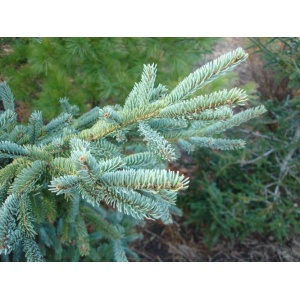 Picea glauca White Spruce
Picea glauca White Spruce
Picea glauca, commonly called white spruce, is an extremely hardy evergreen conifer that is native to upland areas and lake/stream margins stretching from Alaska across the boreal forest of Canada to Newfoundland, dipping south to Montana, Minnesota, Wisconsin, Michigan and New York. This tree typically grows 60-80′ tall (less frequently to 140′ tall) with a cone-shaped crown. It diminishes in size to low, shrubby forms near tree line in northern Canada. Blue-green needles (to 3/4″) on small woody pegs have sharp tips. Needles are pungently aromatic when crushed. Needles have a glaucous (white waxy coating) bloom, hence the specific epithet and common name. Branchlets do not droop. Cylindrical pale brown cones (to 2.5″ long) have flexible scales.
Common Name: white spruce
Type: Needled evergreen
Family: Pinaceae
Native Range: Canada, far northeastern United States
Zone: 2 to 6
Height: 40.00 to 60.00 feet
Spread: 10.00 to 20.00 feet
Bloom Time: Non-flowering
Bloom Description: Non-flowering
Sun: Full sun
Water: Medium
Maintenance: Low
Leaf: Evergreen
Other: Winter Interest
Tolerate: Deer
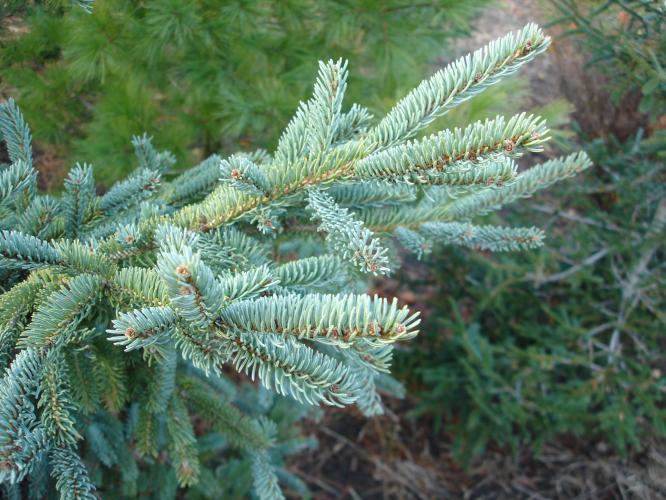
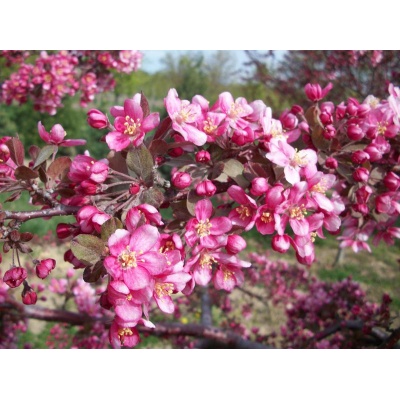
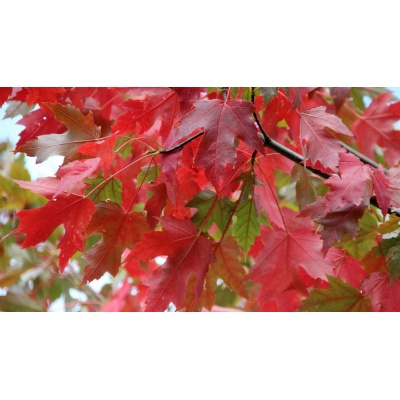
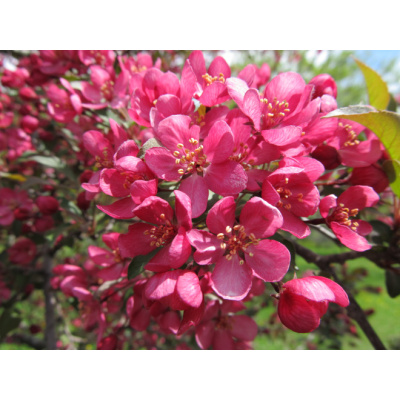
Reviews
There are no reviews yet.